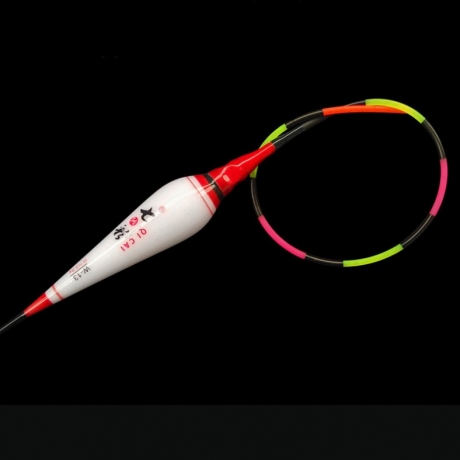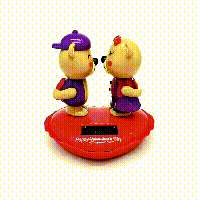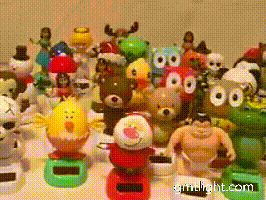Small bar codes make billions of goods in circulation orderly.
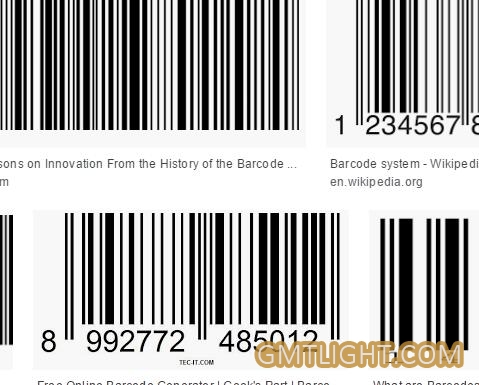
Bar code is a graphic identifier that arranges black bars and white blanks with different widths according to certain coding rules to express a group of information. Common bar codes are parallel lines of black bars and white blanks with very different reflectivity.
Bar code can mark many information such as country of production, manufacturer, commodity name, date of production, classification number of books, place of start and end of mail, category and date of articles, so it has been widely used in many fields such as commodity circulation, book management, postal management, banking system, etc.
Wrigley gum was the first product to use bar code. Bar code technology came into being in the twenties of the twentieth century, and was born in the laboratory of Westinghouse. An odd inventor named John Kermode tried to automate the sorting of postal documents.
His idea is to mark the envelope with a bar code, in which the message is the addressee's address, just like today's postal code. For this reason, Comander invented the earliest barcode logo. The design scheme is very simple, that is, one "bar" represents the number "1", two "bars" represent the number "2", by analogy. Then he invented a bar code reading device consisting of basic components: a scanner (capable of transmitting and receiving reflected light); a method of measuring the reflection signal bar and the empty space, i.e. the edge positioning coil; and a method of using the measured results, i.e. a decoder. Can you image it's with many difficults at that time?
Comander's scanner used the newly invented photovoltaic cell to collect reflected light. The "air" reflects strong signals, while the "bar" reflects weak signals. Unlike today's high-speed electronic component applications, Comander uses magnetic coils to measure "strips" and "empties". It's like a child connecting wires to batteries and wrapping them around a nail to clamp paper. Comander uses a cored coil to attract a switch when he receives an "empty" signal. When he receives a "bar" signal, he releases the switch and turns on the circuit. As a result, the earliest barcode readers were noisy. Switches are controlled by a series of relays, and "on" and "off" are determined by the number of "bars" printed on the envelope. In this way, the barcode symbols are used to check the letters directly.
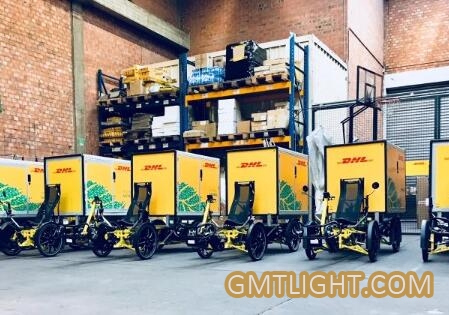
Small bar codes make billions of goods in circulation orderly
Shortly thereafter, several improvements were made on the barcode.
Comander code contains relatively low amount of information, and it is difficult to compile more than ten different codes. Young codes use fewer bars, but take advantage of the size changes between bars, just as UPC barcode symbols today use four different barspace sizes. New barcode symbols can encode 100 different areas in the same size space, while Comander codes can only encode 10 different areas.
It was not until 1949 that the full-scale bar code symbols invented by Norm Woodland and Bernard Silver were recorded for the first time in the patent literature. Before that, there was no record of bar code technology in the patent literature and no precedent for practical application. The idea of Norm Woodland and Bernard Silver was to use the vertical "strips" and "empties" of Comund and Young and bend them into rings, much like archery targets. In this way, the scanner can decode the bar code symbols by scanning the center of the graph, regardless of the direction of the bar code symbols.
only after Iterface Mechanisms developed the "two-dimensional code" in 1970 did it have the printing and reading equipment of the two-dimensional matrix barcode that was suitable for sale. At that time, two-dimensional matrix barcode was used to automate the process of newspaper typesetting. Two-dimensional matrix bar code is printed on paper tape and scanned by today's one-dimensional CCD scanner. The illumination emitted by the CCD is on the tape, and each photocell is aimed at different areas of the tape. Each photovoltaic cell produces a high-density information pattern according to whether or not it prints a bar code on a paper tape. In this way, a single character can be printed in the same size space as a single bar in the early Cormand code. Timing information is also included, so the whole process is reasonable.
Shortly thereafter, with the continuous development of LED, microprocessor and laser diode, a new identifier, known as "barcode industry", came into being. Nowadays, few companies or individuals can be found without direct contact with fast and accurate barcode technology. Because of the rapid technological progress and development in this field, and more and more applications are developed every day, bar codes will become as popular as light bulbs and semiconductor radios, which is making everyone's life easier and more convenient.
With the popularity of robotic sorting, bar code has been given new meaning, whether one-dimensional code or two-dimensional code, when it was invented and applied, it was a great innovation job.

